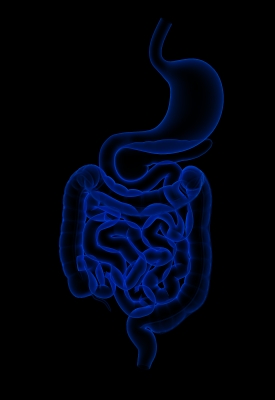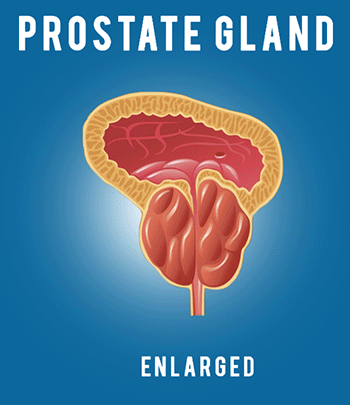The Causes and Risk Factors For Diverticulitis
The Causes and Risk Factors For Diverticulitis

Image courtesy of dream designs at FreeDigitalPhotos.net
The diverticula develop when weak places in the colon give in under pressure from within the colon. This causes marble-sized pouches to form and protrude through the colon wall. If you happen to live in the western parts of the world diverticula are more commonly found in the sigmoid and descending colon, which are the lower portions of the large intestine, just above where your rectum is located. In the Asian regions, pouches of diverticula are found more commonly in the right colon (cecum, ascending colon). Additional increased pressure in the colon can breakdown the wall of the diverticula, which can lead to infection. When there is a small tear or perforation in the diverticula infection can also occur. Pus from the infection that escapes from the colon into the abdomen causes a condition known as peritonitis, which is an emergency situation that must be corrected immediately with surgery or it, can become life threatening. When the infection is contained inside the colon in a localized area it is known as an abscess.
The Causes and Risk Factors For Diverticulitis
Who are at risk for diverticulitis? The risk factors for diverticulitis are individuals who are over age 40 because age-related changes to your body such as decrease in strength and elasticity of your bowel wall can lead to a susceptibility to diverticulitis. Also at risk are individuals who consume a diet that contains too little fiber. A high fiber diet keeps the stool soft so that it is more easily passed and does not increase the pressure within the colon. When the diet is low in fiber the stool is harder and is not so easy to pass causing the individual to strain and push which increases the pressure inside the colon, which then leads to the formation of diverticula.
When individuals lack adequate amounts of exercise there is an increase risk for diverticulitis, the reason is not clear though.
Since there isn’t much you can do about the passage of time, the only risk factors in your control are the amount of fiber in your diet and the amount of exercise you get each day.
Eating foods high in fiber:
Foods that are high in fiber are fresh fruits and vegetables and whole grains. These foods help to soften the stool making it easier to pass them through the colon. The goal should be 25 to 30 grams of fiber each day. To get this much fiber each day try eating the following:
An apple or 1/2 cup of spinach equals 2 to 3 grams of fiber
1/2 cup of baked beans equals about 6 grams of fiber
If your system is not used to fiber don’t rush into all of a sudden eating large amounts of fiber or you will become uncomfortable with gas and bloating. Gradually increase your fiber in your diet.
It is vitally important to drink plenty of water while increasing your fiber. Fiber absorbs water and increases the bulk of waste in your colon. If you do not counter this with increased amounts of water you will become constipated. Then, you will end up pushing and straining which puts pressure on your colon, resulting in diverticulitis.
It is important that you react to the urges your body gives you to eliminate your bowel. When you ignore these urges, the stool is required to need more pressure and force from you in order to be able to pass out of the body.
Exercise keeps your body active. Exercise at least 30 minutes each day. When you exercise your body the exercise promotes normal bowel movements and reduces the pressure inside of your colon, which reduces your risk for diverticulitis.


